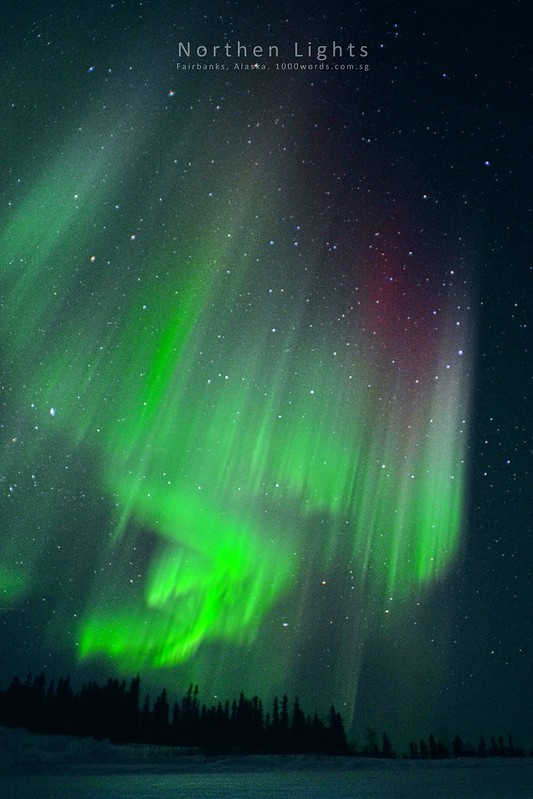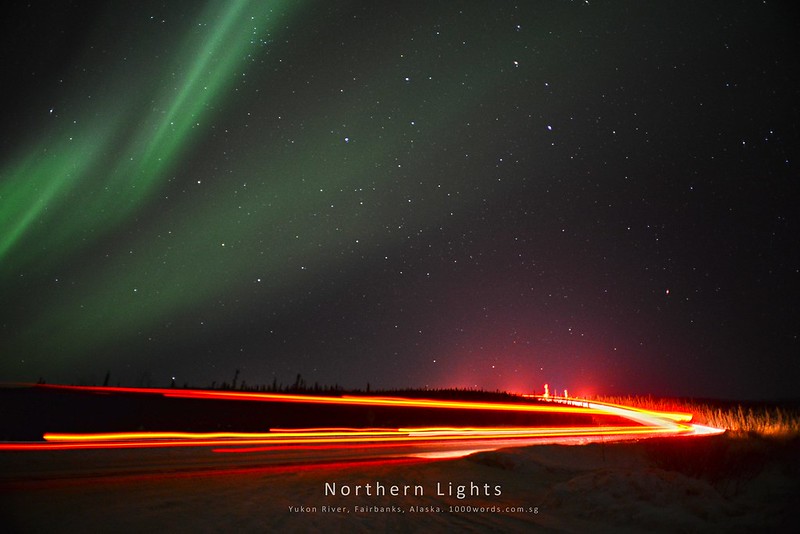I went to Tromso/Norway in March this year. This is a summary of what I got on the internet. Hope it helps. Wasn't as lucky as JacePhoto to capture so nice shots as it rained and snowed most of the nights.
Northern Lights Photography
Take off UV Filter
Mark infinity point on lens or focus to infinity
Turn on Noise Reduction for Long Exposure On.
If shooting RAW, Turn Off Noise Reduction for High ISO
Preferably shoot RAW than Jpeg
Use Auto White Balance.
ISO 800 to 1600
Use Aperture Mode if shutter speed is less than 30 seconds. Use the biggest aperture of the lens.
Manual Mode- Bulb Mode if shutter speed is more than 30 seconds. Open to the biggest aperture of lens.
If f1.4, about 15 seconds exposure. Always check Histogram.
Manually focused on Infinity
Flip out LCD monitor
Use sturdy tripod
Wired remote shutter controller
Fully charged battery. Bring spare ones and keep in pocket to keep warm
Tethering device and power bank if you have
Head lamp with red light tilted downwards.
Close Optical or EVF View Finder
Try not to breathe into LCD. Hold breath when close to camera.
Tape any light emitting from camera.
The general idea is to shoot so that you have a well exposed histogram. Once you shoot your first test exposure, you should get a good idea if it’s too bright or too dark and compensate accordingly. Generally the light from the aurora comes through quite nicely but any foreground landscape will be much darker. If not exposed properly, the shadow detail will be very hard to recover. Some photographers sometimes shoot the aurora at their optimal settings, then later capture a much longer exposure to get the maximum detail in the foreground. On occasion when you have a foreground object such as a rock very close to camera, some photographers even shoot multiple photographs at varying focal distances and then focus stack the result in photoshop.
Of course, it’s quite difficult to compose a picture in the dark. My personal trick is to boost the ISO to the max so I can take a brief 2-3 second shot and understand what I am framing. Once I am happy, I can bring down the settings to their optimal values. If you can level your tripod as well as your camera, you should then be able to swing the camera around as necessary and photograph to your heart’s content.
Bring large zip lock bags to store camera and lens after shooting to avoid condensation on camera and lens.




